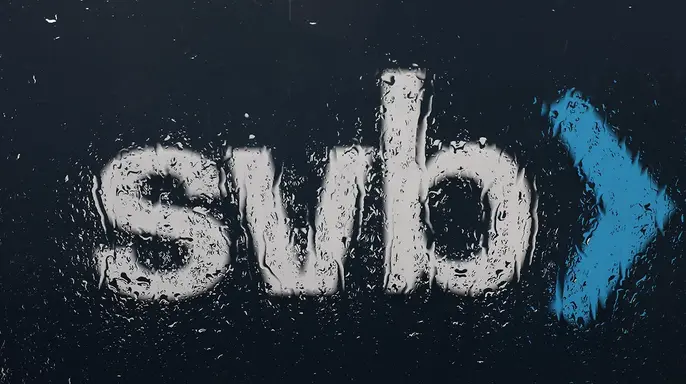A new study says that, depending on certain market conditions, nearly 200 U.S. banks could be vulnerable to the same fate as Silicon Valley Bank (SVB).
A recent Social Science Research Network study suggests that 186 American banks could fail if half of their depositors suddenly withdrew their funds. The researchers formulated a speculative scenario in which each bank experienced a run, and concluded that the FDIC would run out of money.
The study was published shortly after the collapse of SVB, the worst American financial institution failure since 2008.
“Our calculations suggest these banks are certainly at a potential risk of a run, absent other government intervention or recapitalization,” the economists wrote.
“Even if only half of uninsured depositors decide to withdraw, almost 190 banks are at a potential risk of impairment to insured depositors, with potentially $300 billion of insured deposits at risk,” the study’s abstract reads. “If uninsured deposit withdrawals cause even small fire sales, substantially more banks are at risk.”
The issue lies in the fact that the studied banks’ assets are in government bonds and mortgage backed securities, which were negatively affected by the Federal Reserve’s recent interest rate hikes.
Many of SVB’s assets were long-term government bonds. Despite being a sound long-term investment, they were not worth as much as when SVB originally bought them. SVB invested too heavily in longer-term mortgage securities with more than 10 years to maturity.
SVB sold those bonds at a staggering $1.8 billion loss to meet customer withdrawals. When SVB disclosed that loss, depositors panicked and withdrew their money.
“Overall, these calculations suggest that recent declines in bank asset values very significantly increased the fragility of the US banking system to uninsured depositor runs.” the study’s abstract concludes.




